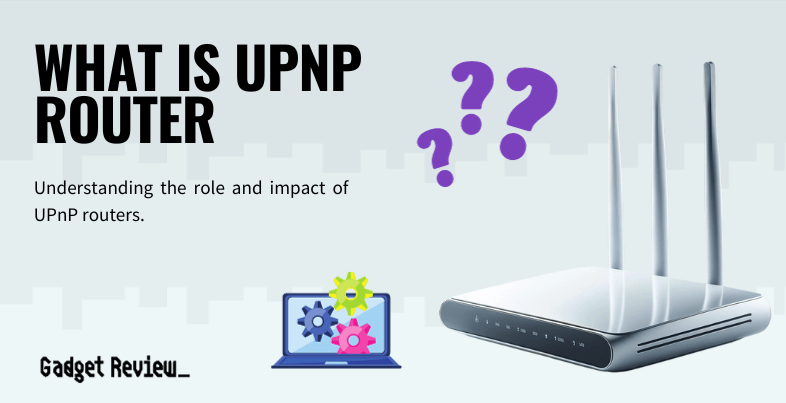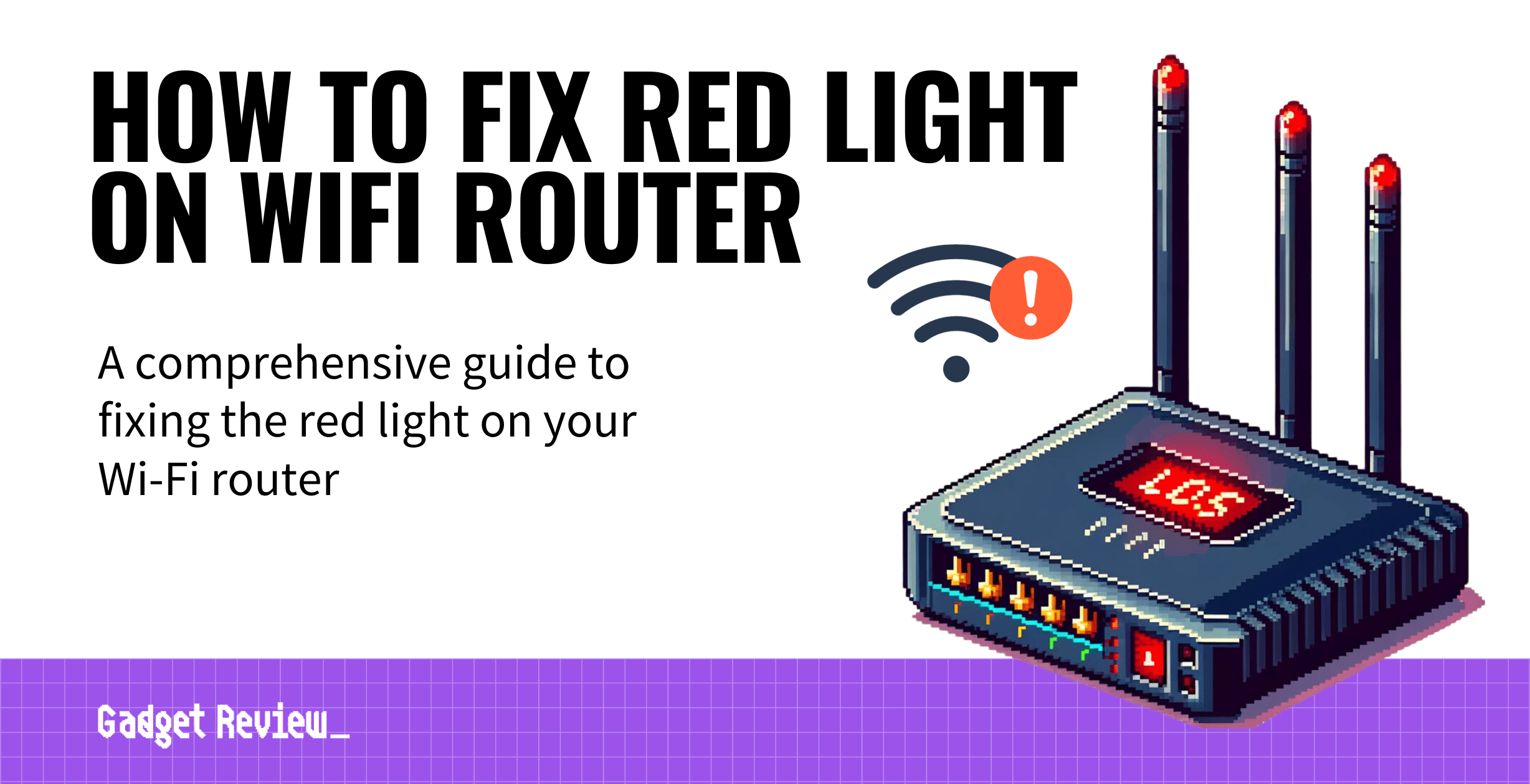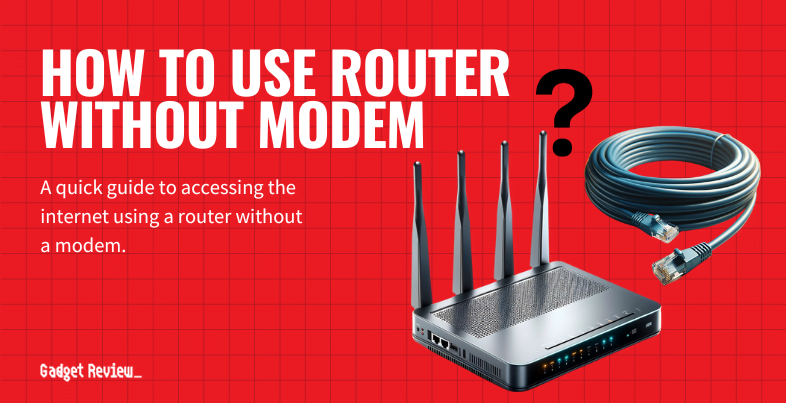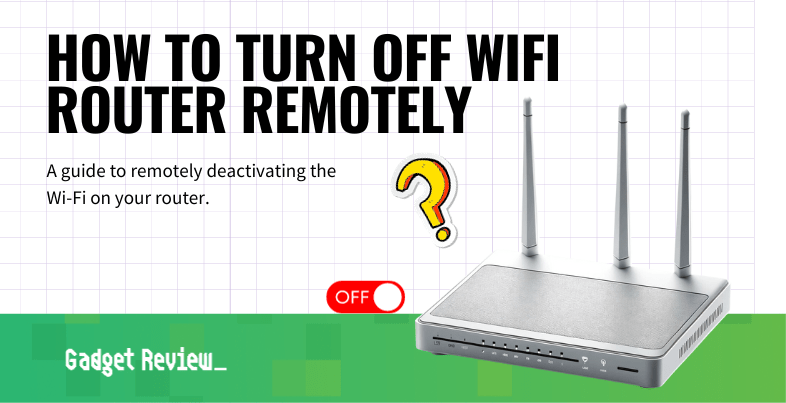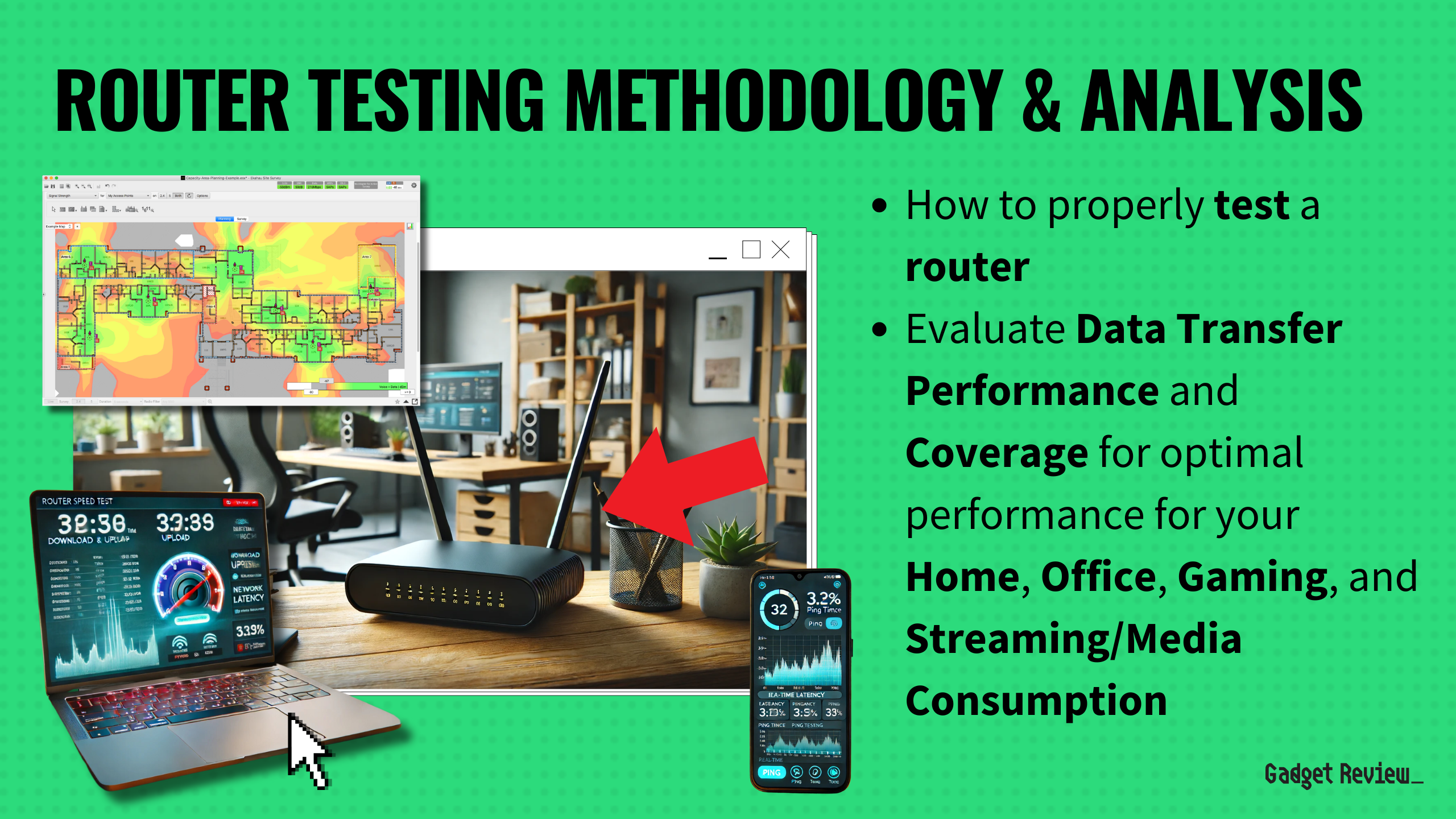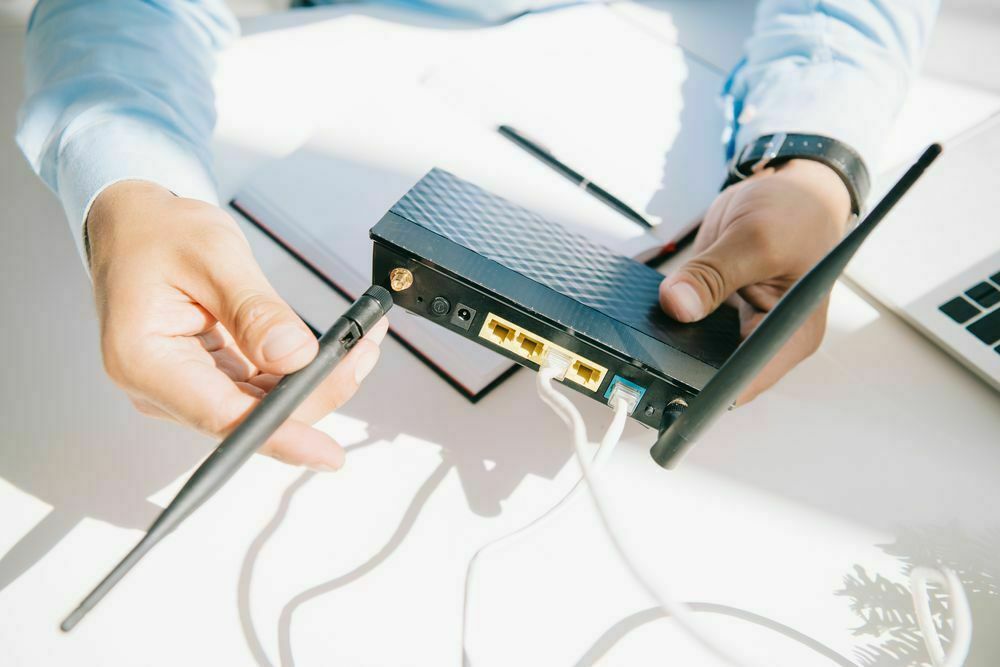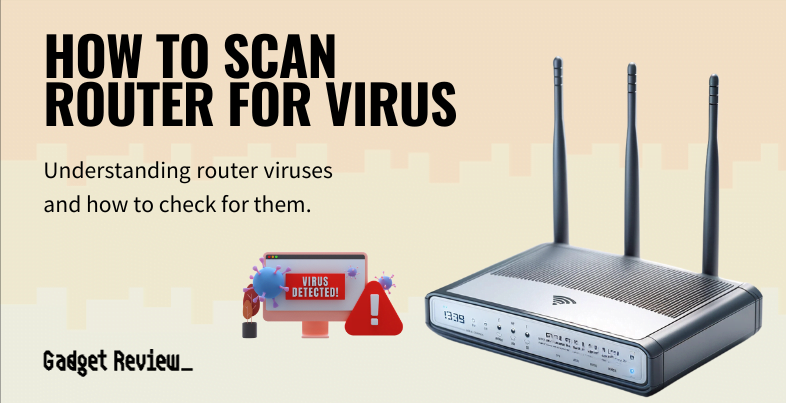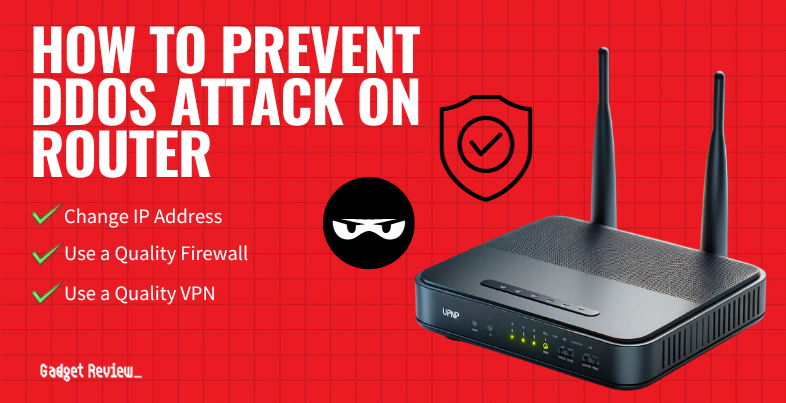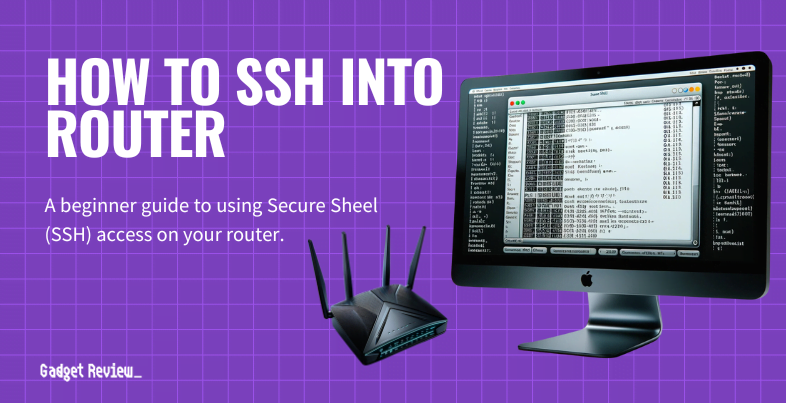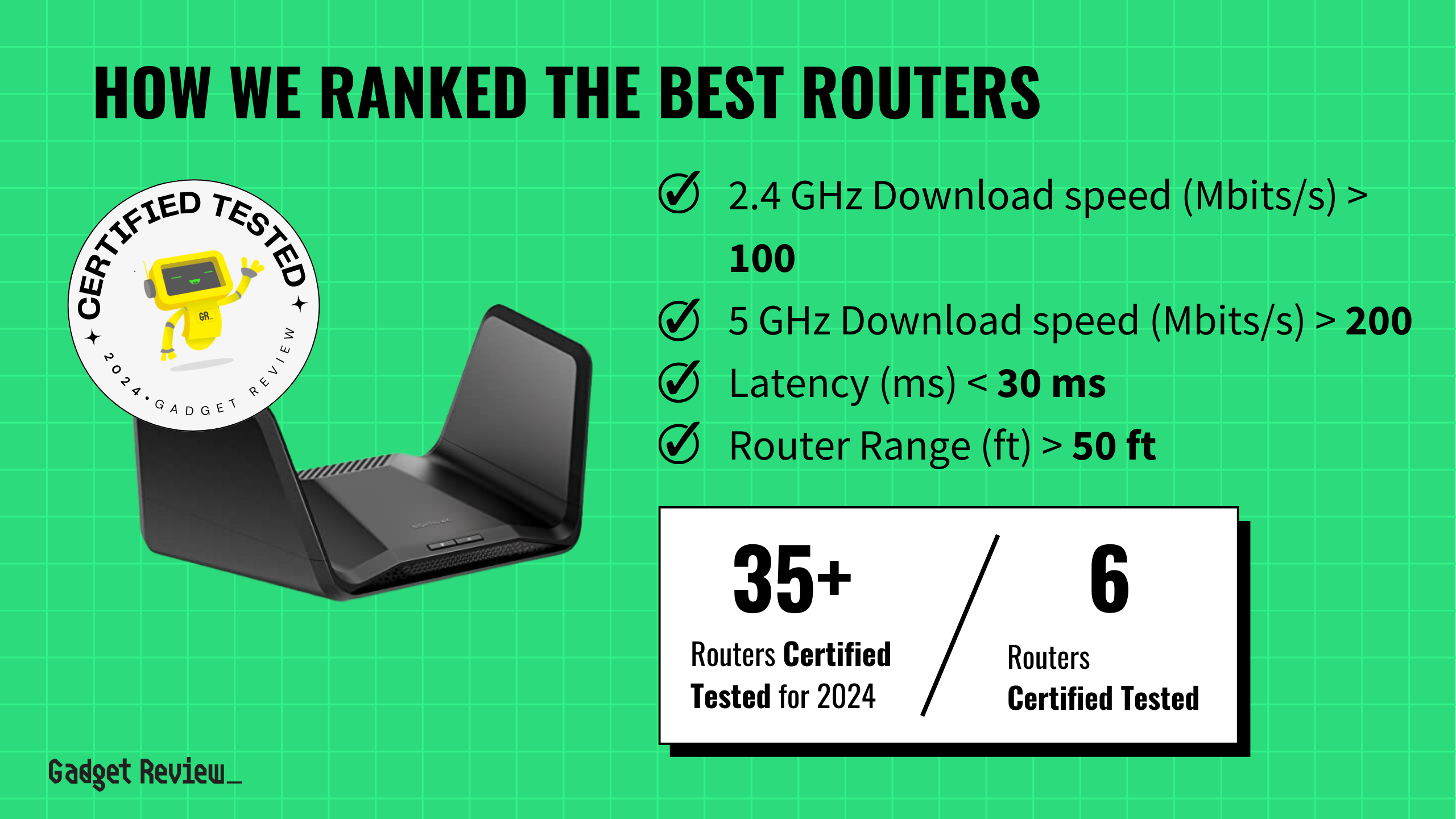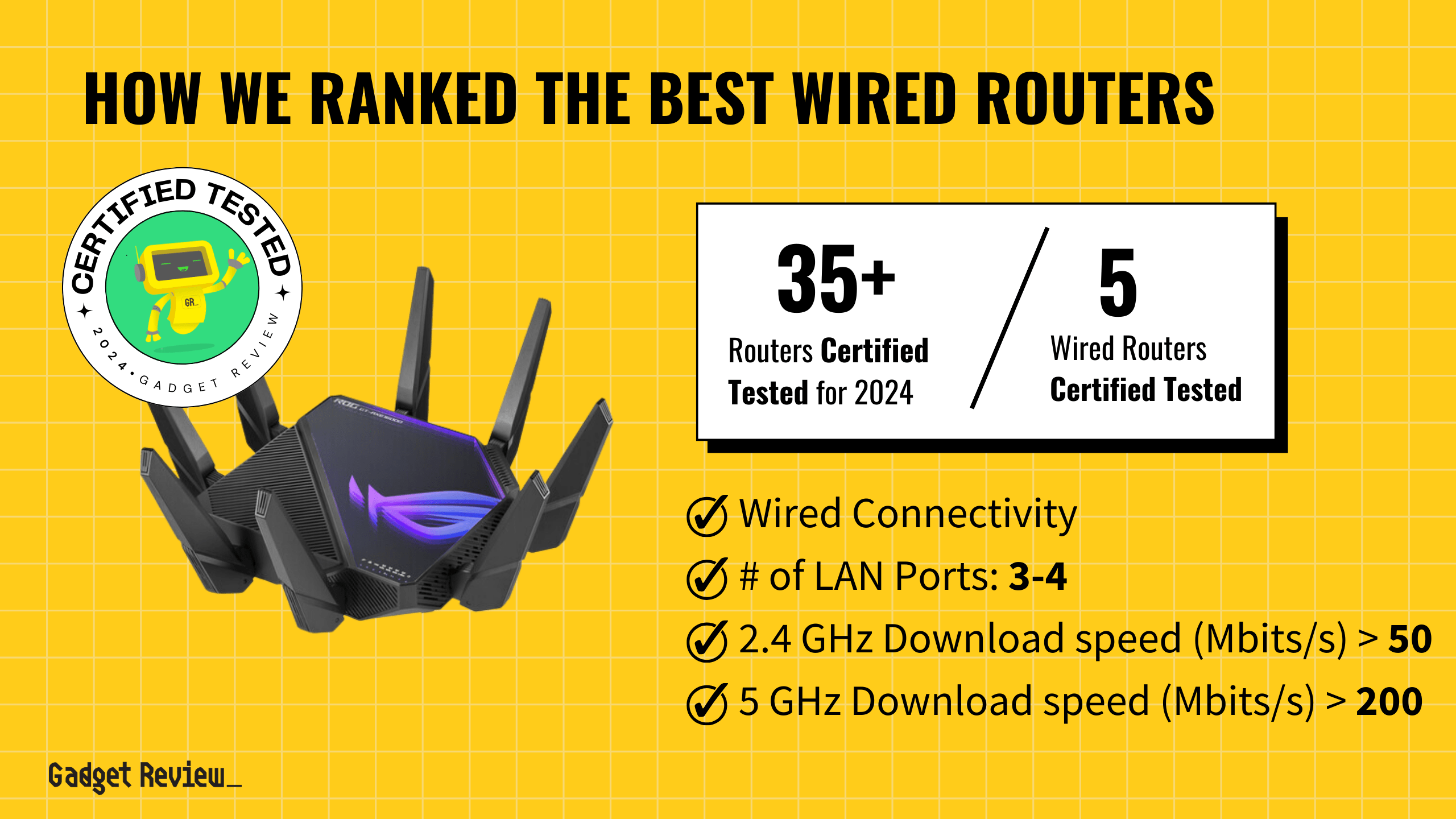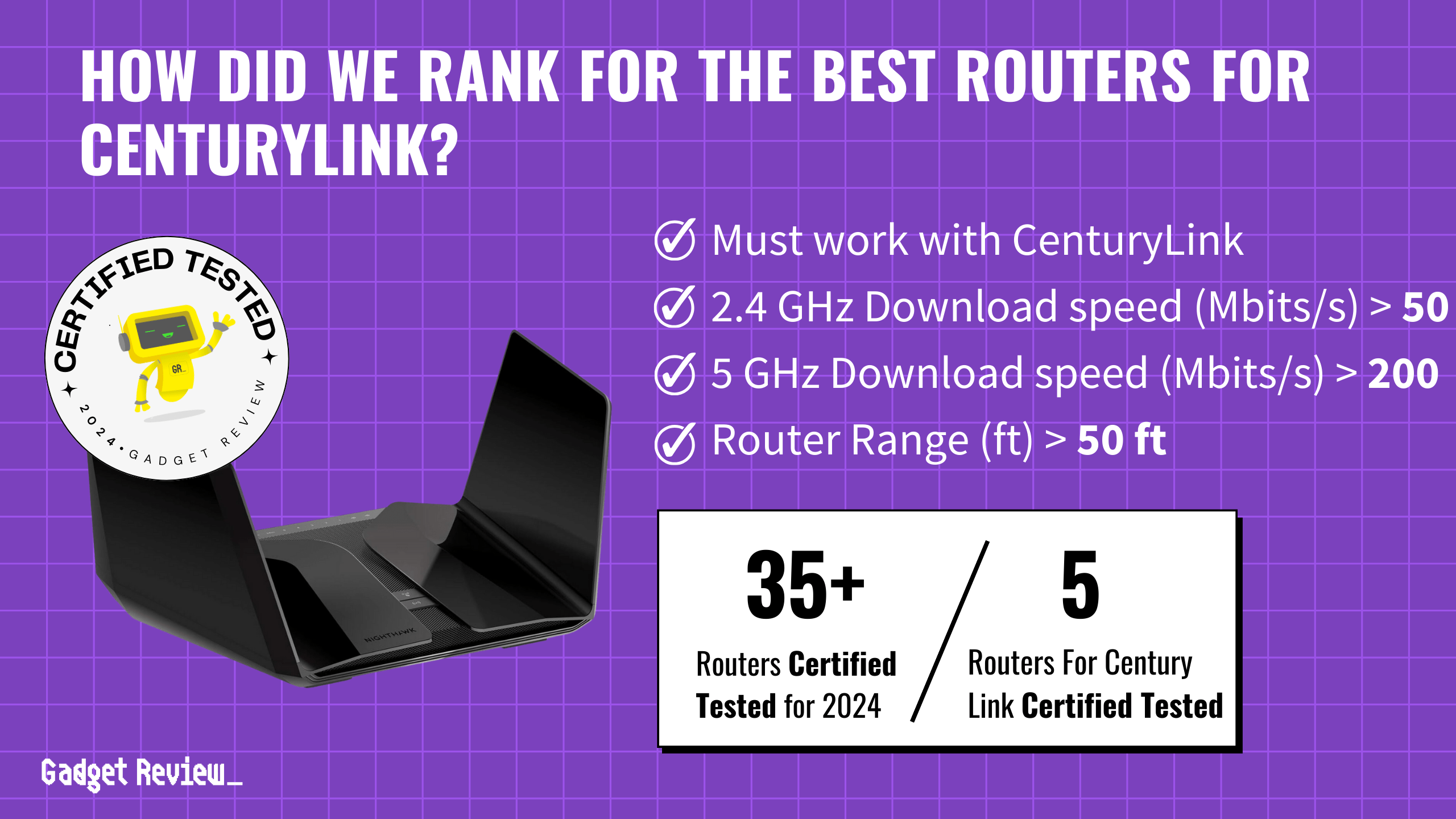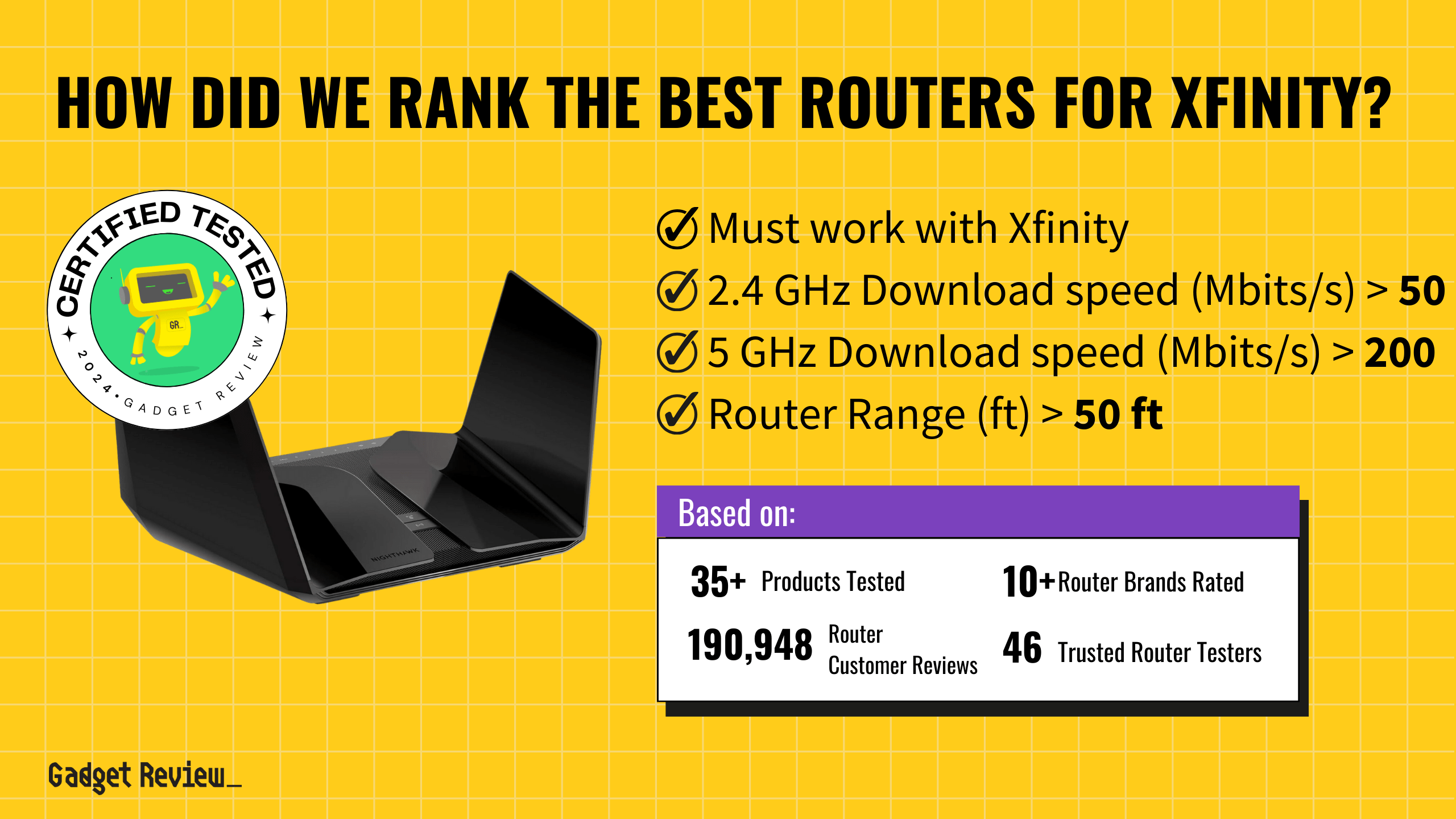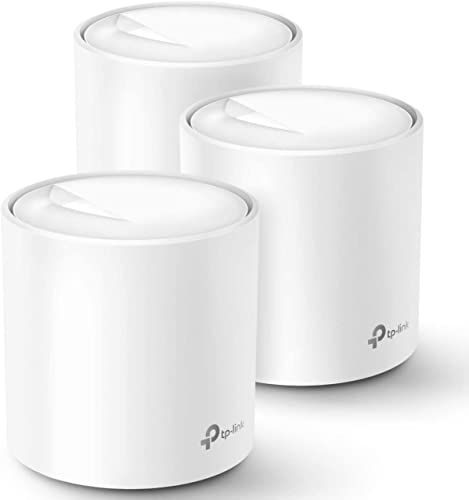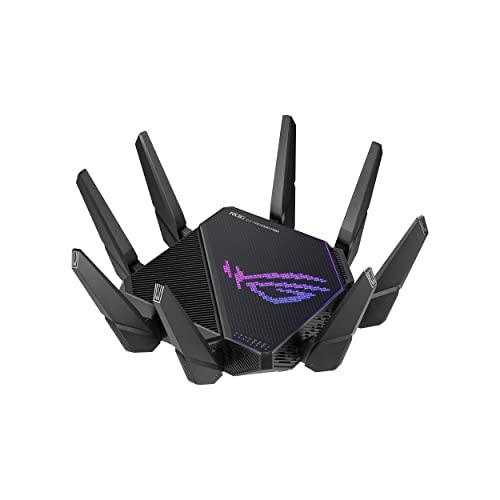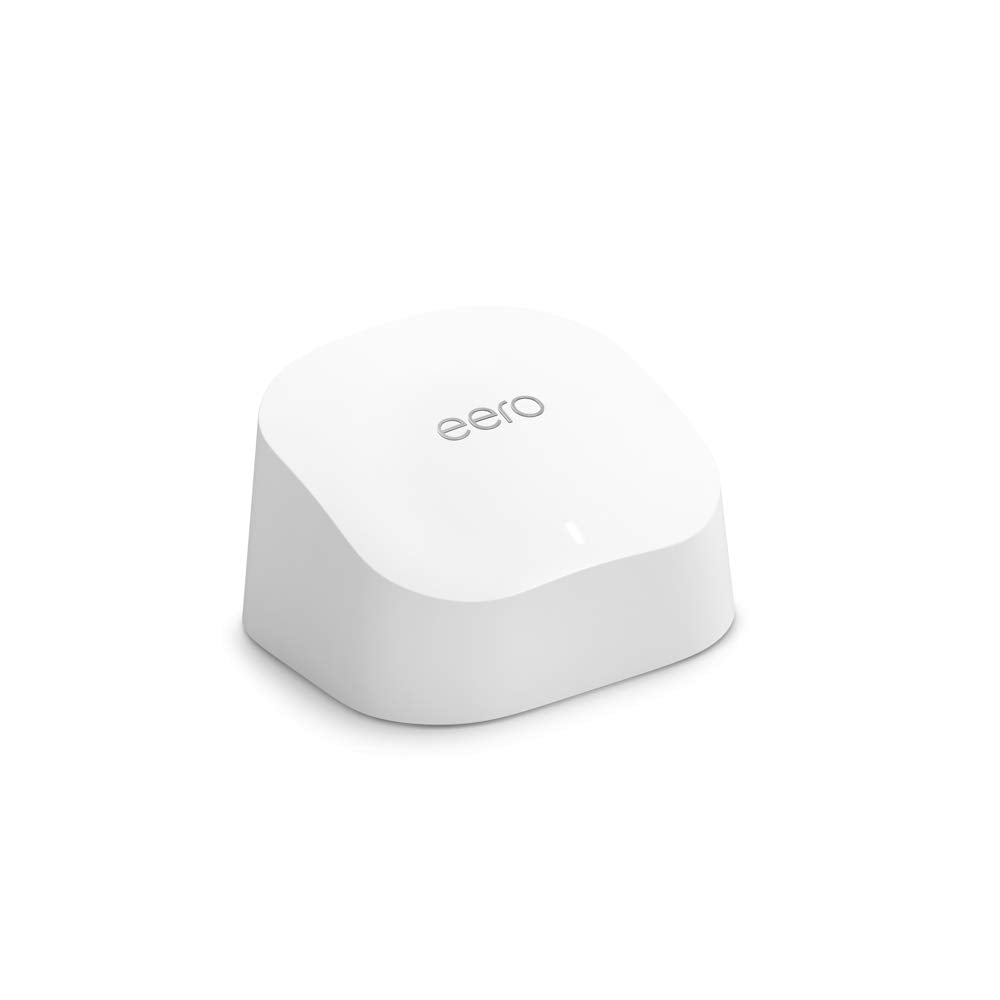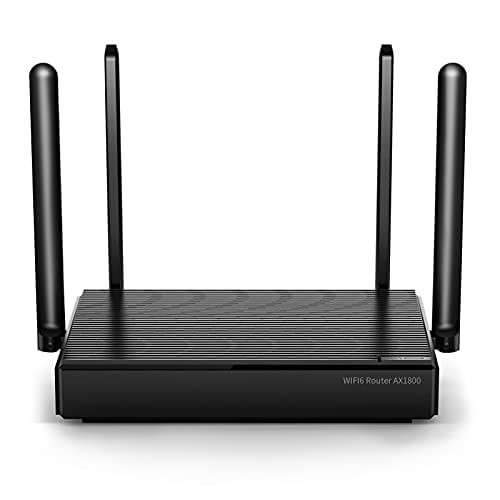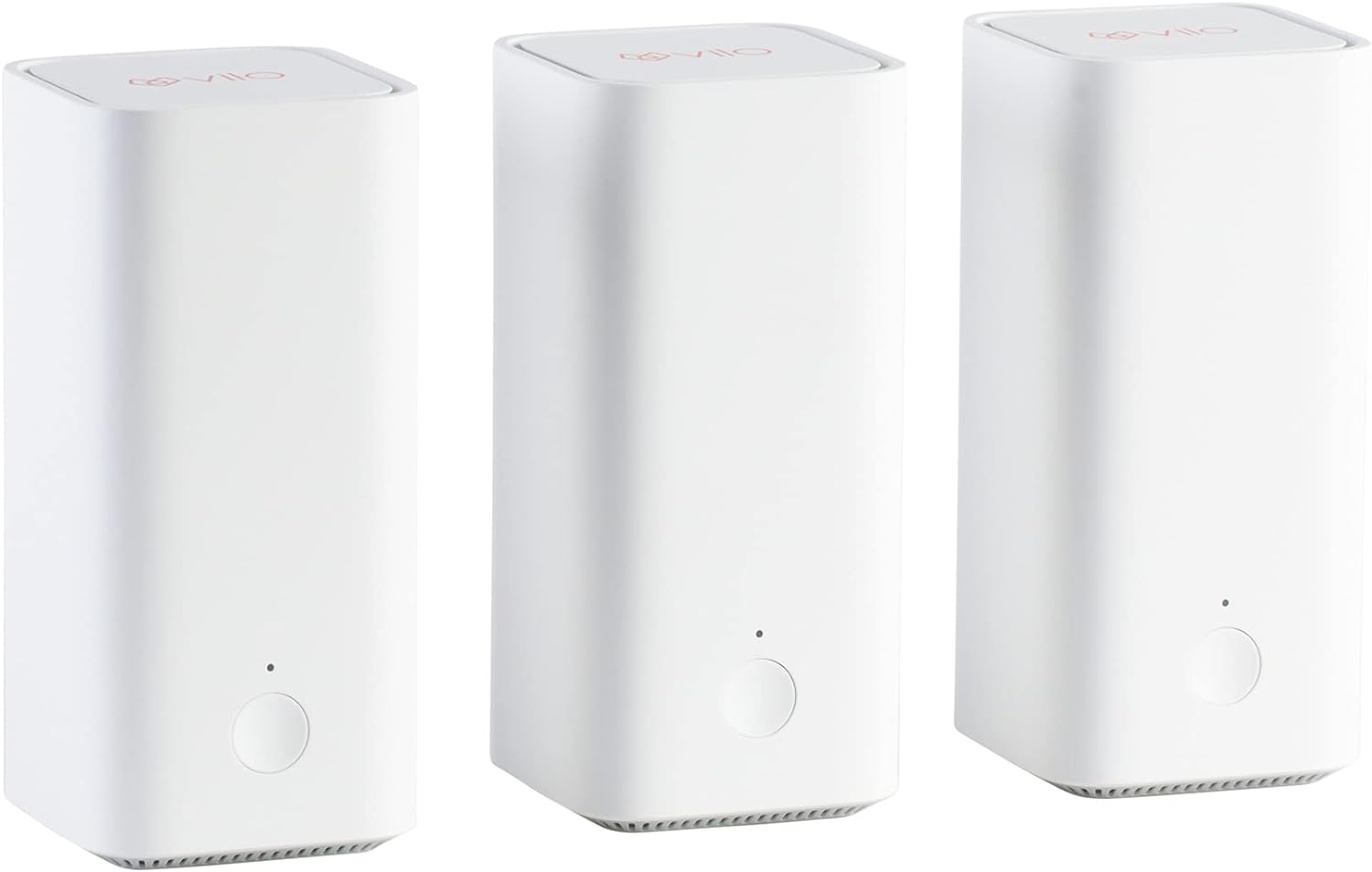If you are looking into advanced wireless networking setups, you may wonder what is a UPnP router. Universal Plug and Play (UPnP) has become a cornerstone in modern networking, particularly in environments where devices like gaming consoles, smart devices, and security cameras require a seamless connection. UPnP simplifies the process of connecting these devices to a network without manual configuration, making it a popular feature in many of the best routers.
However, its convenience comes with often overlooked security risks. We will delve into what UPnP is, its benefits, potential security concerns, and how to use it safely.
Key Takeaways_
- UPnP stands for Universal Plug and Play, and it is a feature that automates certain port forwarding tasks to make connecting new mobile devices, personal computers, and gaming consoles easier.
- To enable UPnP, head into your router settings page, which is accessed by entering the IP address into a web browser and then entering your admin password and network name.
- Some security issues are associated with the UPnP feature, so use UPnP protocols sparingly.
What is UPnP?

UPnP, or Universal Plug and Play, is a set of networking protocols that allows networked devices to discover each other and establish network services for data sharing, communication, and entertainment.
It automates the process of device discovery and configuration and eliminates the need for manual altering settings.
UPnP-enabled devices can automatically configure network settings, such as port forwarding rules and IP addresses, to help facilitate smooth communication between devices.
This obviously comes in extremely handy when you are learning how to set up a router for gaming, as UPnP will automatically integrate new gaming consoles and PCs via port forwarding.
However, this ease of use can also present security vulnerabilities, thus making UPnP a double-edged sword in network management.
What are the Benefits of UPnP?
The primary advantage of UPnP lies in its ability to simplify the connection and communication of devices on a network.
For instance, when a user wants to play online games, UPnP can automatically set up the necessary port forwarding rules, allowing the game server to communicate with the gaming console without any manual intervention.
This not only saves time but also ensures that devices like mobile devices and smart home devices can easily access network resources.
UPnP Security Risks
While UPnP offers significant conveniences, it also poses some notable security risks.
The automatic configuration of network settings can possibly lead to unauthorized access and malicious activities.
For example, an infected device on the network may exploit UPnP vulnerability to open ports to allow external devices to bypass your firewall and access the network.
insider tip
UPnP should be used sparingly and in concert with security-enhancement protocols.
This can lead to phishing attacks, unauthorized data access, as well as other security threats. Moreover, UPnP does not inherently authenticate incoming requests, leaving the network open to possible attacks.
If you’re interested in knowing how to scan your router for malware, we have a guide for that.
Additionally, some routers include detailed UPnP settings that allow you to increase security while reaping some of the benefits.
How to Safely Configure UPnP
To mitigate UPnP-related security concerns, it’s crucial to configure UPnP settings carefully.
Start by updating your router’s firmware to ensure it has the latest security patch.
Then, review the UPnP settings in your router’s configuration panel.
Disable UPnP features that are not in use, and regularly monitor the port forwarding rules set by UPnP.
Implementing additional security protocols, like a robust firewall, can further protect your network from potential security risks associated with UPnP technology.
All in all, the process here is not too dissimilar from learning how to set up a router as a bridge or changing the firewall settings.
Alternatives to UPnP
If you are concerned with the security issues of UPnP, manual port forwarding is a viable alternative.
It involves manually configuring your router to direct network traffic to specific devices.
STAT: The UPnP protocols were promoted by the UPnP Forum, a computer industry initiative to enable simple and robust connectivity to standalone devices and personal computers from many different vendors. (source)
This method gives the user complete control over which ports are open and which devices they want to allow access to, significantly reducing the risk of unauthorized access.
Additionally, adjusting DNS server settings manually can provide another layer of security, ensuring that network traffic is directed efficiently and safely.
UPnP in the Era of IoT
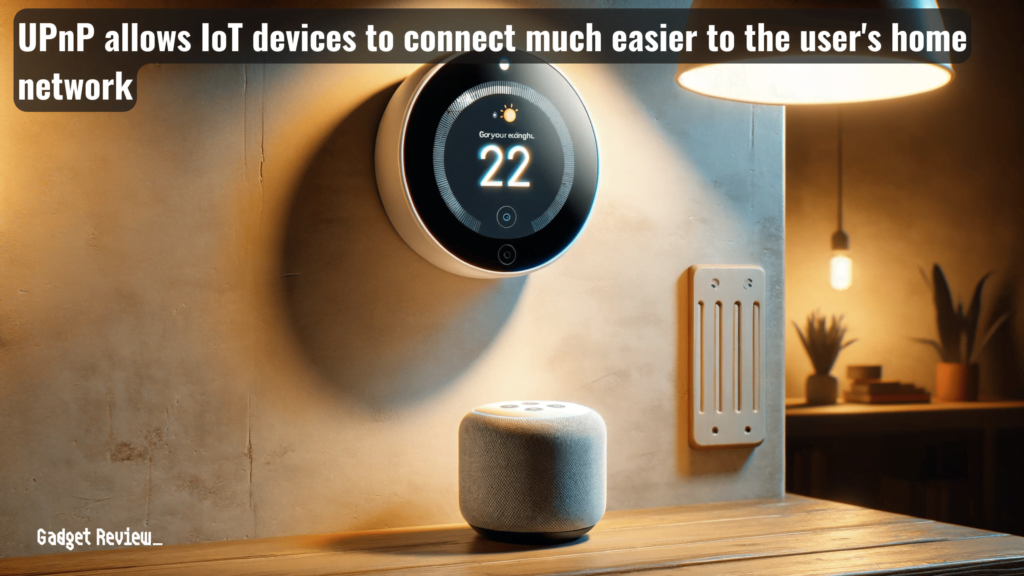
In the rapidly evolving landscape of IoT (Internet of Things), UPnP plays a pivotal role in connecting a myriad of smart home devices.
As homes become smarter with devices such as security cameras, smart thermostats, and voice assistants, the need for efficient network protocols like UPnP grows.
However, this can also amplify security risks, potentially.
It’s essential for router manufacturers and users to be aware of these risks and take proactive steps to secure their networks, especially with sensitive data that is transmitted by smart devices.
Balancing Convenience and Security
UPnP simplifies the way our devices connect and communicate over a network, playing a crucial role in the functionality of modern, interconnected homes.
However, the convenience of UPnP must be balanced with an awareness of the inherent security potential.
Understanding the UPnP protocol, its benefits, and the potential security risks can help users make informed decisions about their network settings, ensuring both ease of use and security in our increasingly connected world.

